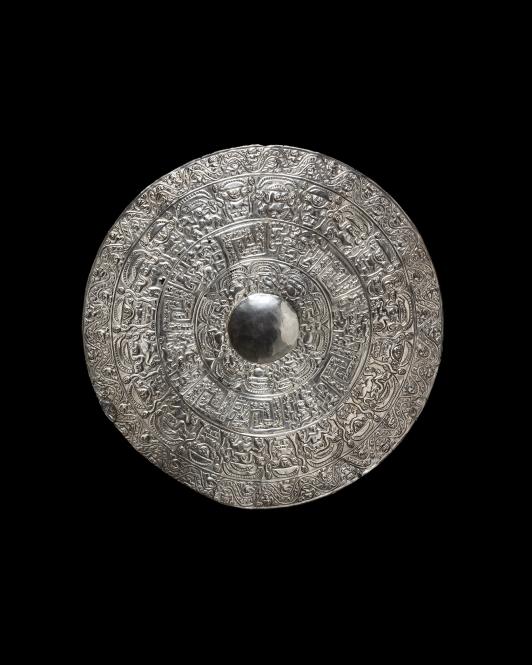
Object Title
Disk
Measurements
Diam. 34 cm (13 1/4")
Creation Date
1000 to 1460s
Credit Line
The Cleveland Museum of Art, Severance and Greta Millikin Trust, 2019.166
Museum Name
Culture
Country of Origin
Object Type
Materials / Techniques
Museum's Definition of Antiquity
prior to 1532, when Spaniards arrived in Peru
Provenance Information
Leon Pomerance, New York, probably mid-1960s to 1988; The Merrin Gallery, New York, 1988; William B. Ziff, Jr., New York, 1988 to 2019
Exhibition Information
Yale University Art Gallery, Weaving and the Social World, 3000 Years of Ancient Andean Textiles, May 20 to September 1, 2016
Publication Information
None
Section of the AAMD Guidelines relied upon for the exception to 1970
Informed judgement that works were outside of the country of modern discovery before 1970
Explain why the object fits the exception set forth above
The disk’s first reported owner, Leon Pomerance, died in 1988; a dated, redacted invoice in the museum’s files indicates that, in 1988, the Merrin Gallery sold the disk to a private collector. (This collector was probably William B. Ziff, Jr., since the disk appeared in a 2016 exhibition at Yale University based on Mr. Ziff’s collection.) The date on which Mr. Pomerance acquired the disk is unknown, but the period of probable acquisition can be inferred. Mr. Pomerance played a leadership role in the Archaeological Institute of America starting in the late 1960s—he served on the Institute’s board and as president of its New York chapter (Leon Pomerance Papers, University of Florida, http://www.library.ufl.edu/spec/manuscript/guides/pomerance.htm). Given the Institute’s strong stand on post-1970 collecting, Mr. Pomerance is unlikely to have acquired antiquities lacking a pre-1970 provenance after 1970. In addition, strong circumstantial evidence supports the conclusion that the disk left Peru before 1970. That is, the disk probably belongs to a large group of metal objects that includes approximately 25 similar silver repousse disks; the group, discovered on Peru’s north coast, is described by Alan Lapiner in his book Pre-Columbian Art of South America (Harry N. Abrams, New York, 1976, note 600, p. 447). At least 41 other objects attributed to the group are now in public collections; of them, 36 were acquired in the mid to late 1960s, with one outlier in 1970. Acquisition dates of the remaining 5 require further research but it is likely that they, too, were originally sold in the 1960s, based on the dealers through whose hands they passed or other evidence. Ancient Andean metalsmiths created one of the world’s most distinguished traditions in silver and gold. The museum’s holdings so far include no exhibition-worthy examples of the Chimú accomplishment in metal. Thus, the disk will fill a significant gap and allow the museum to represent Chimú art more completely to the public.